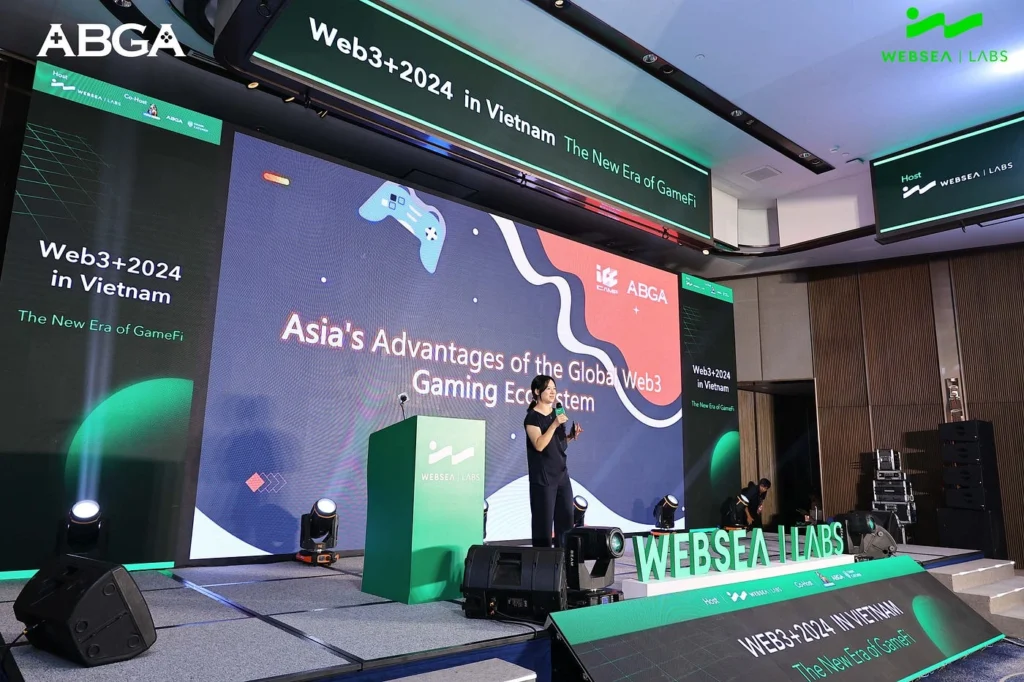In 2021, the metaverse trend was everywhere—from conference stages to coffee shop conversations. But by mid-2023, a different narrative took hold: “The metaverse is dead.” Fast-forward to 2025, and that myth still lingers. But is it accurate?
Not quite. The flashy hype may have cooled, but under the surface, the metaverse is evolving—just not in the way many expected. Here’s a closer look at the most common misconceptions, and the reality behind them.
Myth #1: The Metaverse Was Just a Passing Tech Fad
This is perhaps the most persistent belief. After Meta’s rebranding and several high-profile setbacks, it became easy to dismiss the metaverse trend as vaporware. But the data—and more importantly, the behavior of developers and users—suggests otherwise.
One of the clearest counterexamples is Web3 gaming, where the metaverse isn’t just alive, it’s woven into gameplay, community dynamics, and economy design. Games like Big Time and The Sandbox continue to push the envelope on decentralized experiences—while new entrants from Vietnam are steadily carving out global niches.
Myth #2: Nobody Uses the Metaverse Anymore

Credit from Medium
It depends on what we mean by “use.” If we’re talking about clunky VR meetings or pixelated avatars walking through corporate-branded spaces, then yes, those may have faded.
But in places like Southeast Asia, and especially Vietnam, metaverse-like environments are part of everyday interaction—just in subtler forms. Web3 gaming in Vietnam has led to digital spaces where players co-build environments, earn and trade tokens, and participate in governance.
These aren’t branded as “metaverses” in the traditional sense—but they are immersive, persistent, and socially engaging. And that’s the point.
Myth #3: Vietnam Is Just Following Metaverse Trend, Not Leading

Credit from ASEAN Business Partners
This one is particularly outdated. Over the past few years, Vietnam’s role in the metaverse trend has shifted from consumer to creator. The country is home to dozens of blockchain game startups, many of which are experimenting with sustainable tokenomics and low-friction onboarding—two of the biggest challenges in metaverse adoption.
At a recent Web3 developer forum in Hanoi, multiple panels focused on hybrid models for play-and-earn and metaverse-enabled learning platforms. Meanwhile, Vietnamese blockchain gaming startups in 2025 are expanding internationally, not just regionally.
This quiet leadership suggests Vietnam isn’t catching up—it’s contributing to the redefinition of what the metaverse means today.
Myth #4: The Metaverse Requires Expensive Hardware

Credit from VietNamNet
Another misconception that kept expectations too high for too long. While VR and AR still play a role, the majority of adoption of metaverse technology in Vietnam happens through mobile-first or browser-based experiences.
Gamers are interacting in 2D platforms with rich economies, developers are building cross-platform tools, and creators are minting virtual assets on blockchain without ever wearing a headset. For users in emerging markets, this flexibility is essential—and it’s shaping how the metaverse evolves globally.
Conclusion: The Metaverse Trend Is Quietly Redefining Itself
So, is the metaverse dead? Hardly. In fact, its survival may depend on shedding the hype that once surrounded it. As of 2025, the metaverse trend is being rewritten—from something speculative into something embedded in play, economy, and digital interaction.
Especially in regions like Vietnam, where grassroots innovation thrives, we’re seeing the metaverse shift from theory to infrastructure. It’s not louder—it’s smarter. And it’s not gone—it’s just grown up.




